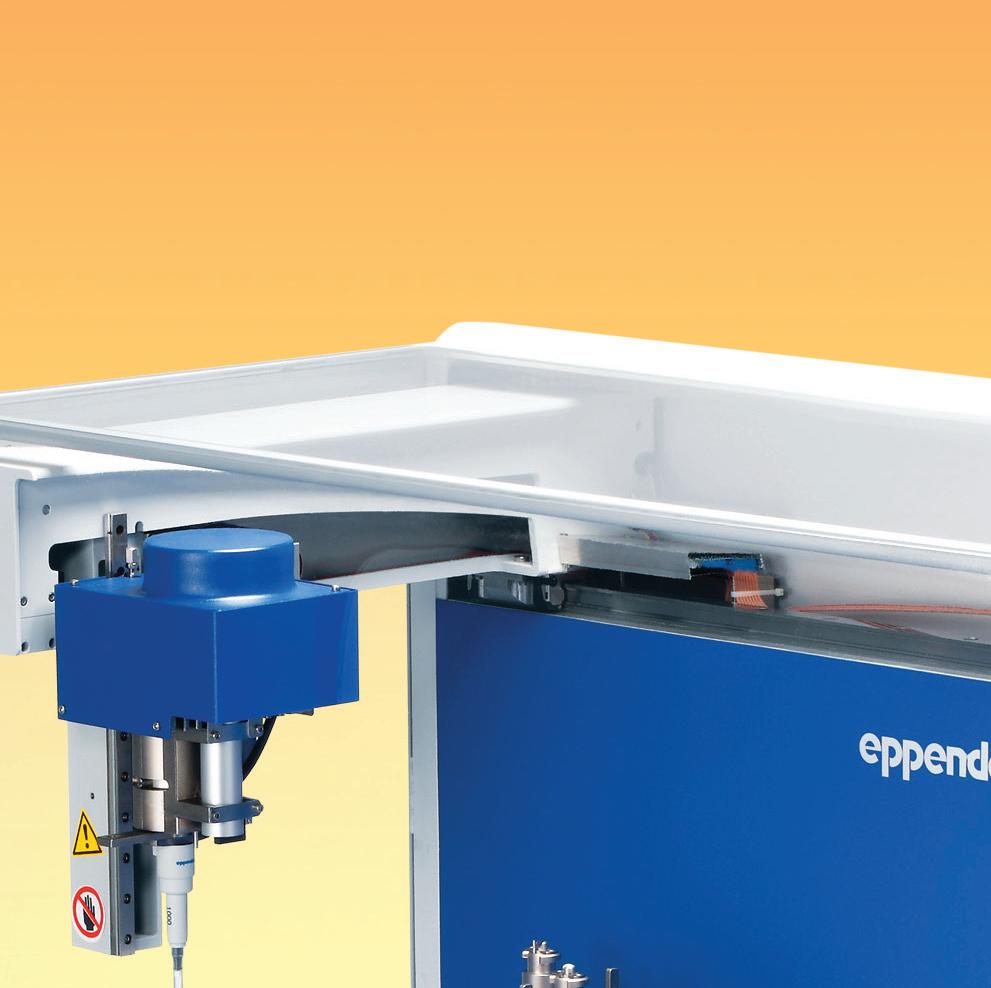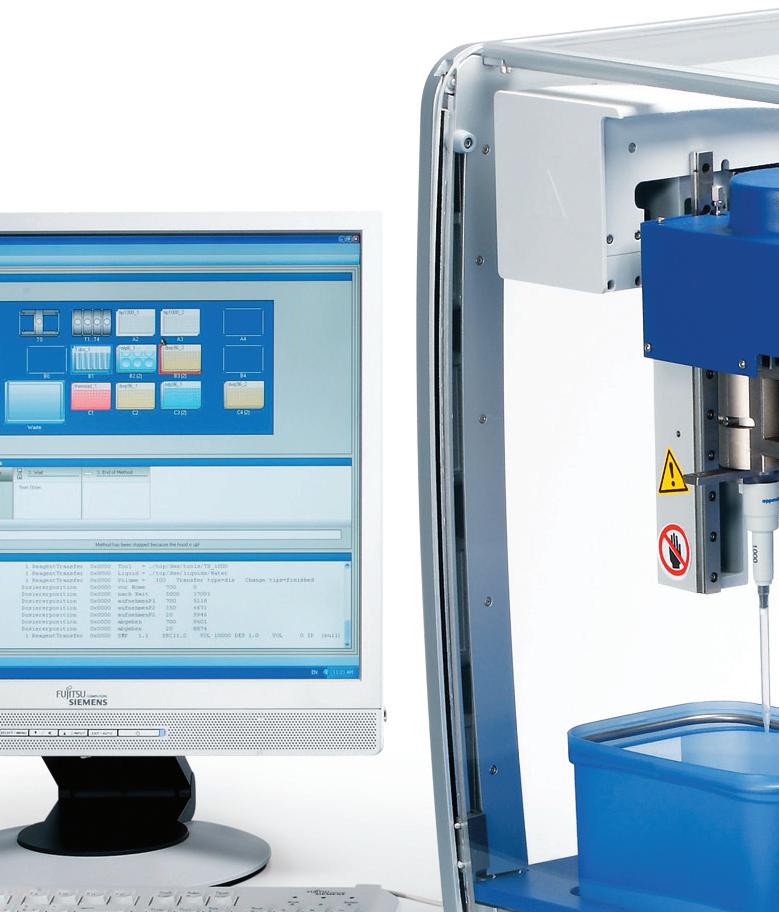
8 minute read
THE LAST WORD
INNOVATION TAKES LEADERSHIP

Advertisement
Health care in Canada has a huge impact on the economy. It is a sector of the economy, however, that does not embrace innovation and change the way other industries do.
I believe there are two fundamental problems that are challenging the sustainability of our health care system. First, there is a serious innovation adoption deficit. We are simply not turning new ideas to deliver health more effectively and efficiently into practice fast enough.
Second, there is a shortage of skilled leaders and change agents within the system who are able to drive innovation adoption and create the “culture of innovation” our system needs. The health sector now represents 11.3 per cent of Canadian GDP. Statistics Canada reports that over 2 million people are employed in Canada’s health care and social system. 630,000 of those are health care professionals – nurses, pharmacists, technicians, therapists, social workers and doctors, like me - delivering services on the front line. Health care spending in Canada, according to the Canadian Institute for Health Information, was estimated to be over $183 billion dollars in 2009. That’s more than the total GDP of Ukraine, a country of over 46 million people.
At the same time, our health care system has grown at a rate of 7.1 per cent every year since 2001 with some economists projecting that health care spending will consume 70 to 80 per cent of provincial government budgets by 2030, unless something is done to arrest these rates of growth. However, looking at health care as a sunk-cost, rather than as a strategic investment ignores the possibilities in front of us. Imagine how much better – in terms of patient outcomes, and overall productivity our health system could be if we got serious about fixing the efficiency problems that so clearly exist in our system. As Canadians, we are all rightfully proud of our health care system, but there are inconvenient truths about that system, which simply cannot be ignored. The first of those truths is that there are few – if any – incentives for innovation within Canada’s health care system itself. And as a result, it is not delivering the results that it could. While Canada’s scientists and researchers are among the most prolific and capable in the world, we are aren’t translating world-class science and research into better results on the front lines of health care.
Canada ranks among the top five nations, per capita, when it comes to the development of scientific results and new knowledge, but our track record on innovation in the health sector is among the lowest among our comparator countries. Clearly, we have the capability to do better. We must do better. The second hard truth is that managing Canada’s health care system is going to get a lot harder before it gets easier.

Think about the “perfect storm” created by just some of the pressures affecting our health care system: An aging population; increasing rates of chronic disease; growing public demand for timely, accessible health care services; the threat of new pandemics; and – to top it all off – a growing shortage of health human resources to meet the demand.
None of this is new. We’ve known about many of these challenges for a long time. Yet, the system just can’t seem to get unstuck. It’s time for a new approach. If we want to fundamentally improve Canada’s health care system, we need to do things differently. My colleagues and I at the Ivey Centre for Health Innovation & Leadership have come to conclusions leading to three recommendations we believe Canada’s health system needs to embrace to be sustainable:
First, we must grow the leadership capacity for innovation in Canada’s health care system to help change the culture of the system. We need leaders who embrace and
drive change. We need leaders who have specifi c responsibility in their job descriptions for innovation adoption. The culture of our health care system is change averse, and these leaders need to have the skills – and mandate - to overcome that aversion.
Second, we need to build momentum for innovation across the system through small strategic projects and investments that have potential. We must “learn early and fail cheap”.
Jim Collins, in the book “Good to Great” says the process of achieving transformational change is like relentlessly pushing in the same direction on a giant, heavy fl ywheel. It takes a lot of heavy pushing – especially at the beginning. But bit by bit, turn after turn, the momentum builds to the point of breakthrough, and beyond. Once we get momentum started, it can take on a life of its own. That’s why momentum is so powerful, and so essential to health system transformation.
Third, we need to promote the adoption and commercialization of ideas and innovations, not just the creation of new knowledge. Banting and Best didn’t just discover insulin – they made sure that it made it into the marketplace. Not only for economic gain. But because that was the only way their breakthrough – like any breakthrough – could have the maximum impact in helping people’s lives.
The promise of high-quality and accessible health care is one of the things that makes Canada great – and it is a source of competitive advantage for our country. Health care is not a cost, but an investment - an investment that provides Canada with a competitive advantage on the world stage.
It is precisely because our health system is such an important part of the fabric of our society, that we cannot take it for granted. We need to embed innovative thinking and continuous improvement into the culture of our health care system. We need to reward those who bring innovative technologies, processes and systems forward to improve health care delivery.
Canada’s science and technology strategy has it right: it describes the need for Canada to build a Knowledge Advantage, an Entrepreneurial Advantage, and a People Advantage – especially in next generation economy sectors like health care and related life sciences and technologies.
We must move beyond studying what needs to be done, to doing what needs to be done.
And make no mistake, what we’re calling for is a major change. We need to harness the incredible insights that can come from observing how we work, and welcoming recommendations from different sectors about how health practitioners can do what they do, but even better.
Improving health system productivity will have many multiplier effect benefi ts. Improving productivity allows us to treat more patients, and treat them with higher standards of care. It allows us to get people healthy again – and get them out into the workforce, and into a higher quality of life. And it allows us to develop and export out world-class ideas elsewhere – putting ideas into the marketplace, while creating jobs here in Canada.
This is ambitious, but our health care system needs ambitious thinking.
If we can train just one student whose vision helps to transform our health care system then we will have done our job. If we can incubate one small project that has a quantum impact across our entire health system – in every province and territory – then we will have done our job. If we can inspire one young scientifi c entrepreneur to become the Banting or Best of tomorrow’s health sector, then we will have done our job.
Banting and Best took their invention from the bench to the bedside – and saved the lives of millions of diabetics around the world.
Saving and improving people’s lives. Ultimately, that’s what all this is about.
The famous sociologist Margaret Mead once said: “Never doubt that a small group of thoughtful, committed citizens can change the world. Indeed – it is the only thing that ever has.”
Dr. K. Kellie Leitch is Chair of the Ivey Centre for Health Innovation & Leadership at the Richard Ivey School of Business and a paediatric orthopaedic surgeon at Toronto’s Hospital for Sick Children/University of Toronto. This text is adapted from a speech Dr. Leitch delivered to the Economic Club of Canada on Friday, Sept. 17 in Toronto, Ontario
Got something to say?
Please send your comments/letters to
biotechnology_focus@promotive.net












Sample safety with reliable performance
epMotion® 5075 TMX – Automated pipetting system with integrated Thermomixer®
The epMotion 5075 TMX combines automated pipetting with Eppendorf’s superior 2DMix-Control technology. Orbital shaking, with the optimal balance of speed and mixing radius plus full temperature control from 4 °C to 95 °C deliver best results when resuspending pellets or mixing fluids.
Build on the unrivalled liquid handling technology with typically less than 2CV% pipetting error at 1 µL* the epMotion 5075 TMX delivers pure performance to all routine pipetting applications.
*Eppendorf application note #168
epMotion 5075 TMX
� Automate protocols for gDNA, RNA, Plasmid (including BAC) and viral nucleic acids � Save time and obtain up to 20% higher yields in your nucleic acid purification protocols � Save up to 50% in tip costs when working with bead-based assays � 2-D mixing control creates vortex-like action and allows mixing of single tubes, or plates as dense as 384-well
Request a demo today at www.epMotion.com/TMX



